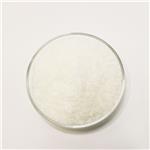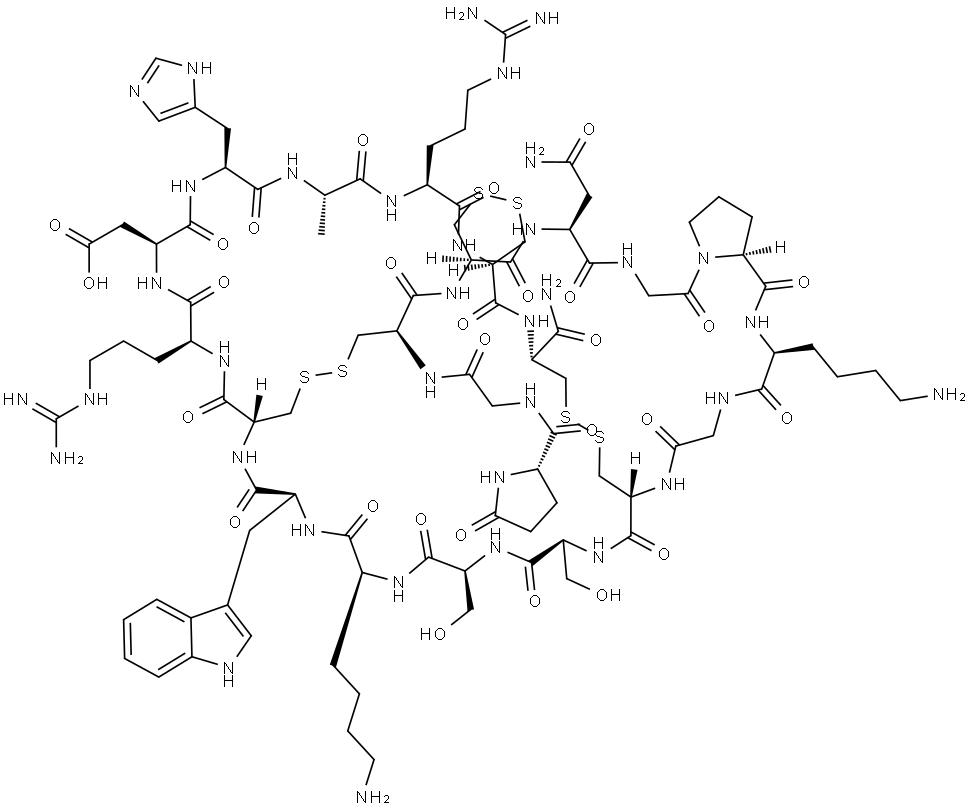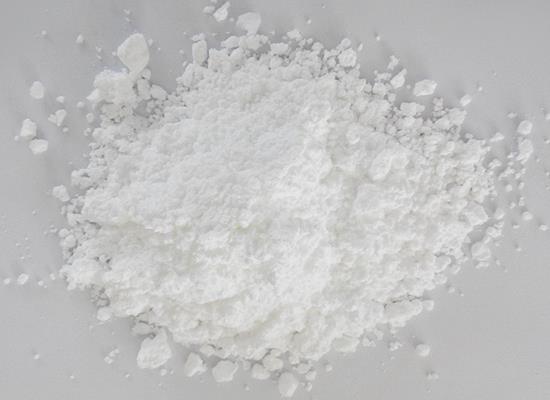Mu-conotoxin: Synthesis and Acting on Ion Channels and Transporters
Mu-conotoxins are a family of peptides from the venoms of predatory cone snails. Previously characterized mu-conotoxins preferentially block skeletal muscle voltage-gated sodium channels.
Biochemical characteristics
Although mu-conotoxin SmIIIA shares several biochemical characteristics with other mu-conotoxins (the arrangement of cysteine residues and a conserved arginine believed to interact with residues near the channel pore), it has distinctive features such as the absence of hydroxyproline. In voltage-clamped dissociated neurons from frog sympathetic and dorsal root ganglia, the peptide inhibited the majority of tetrodotoxin-resistant sodium currents irreversibly; in contrast, tetrodotoxin-sensitive sodium currents were largely unaffected by the peptide.
Synthesis and Folding of µ-Conotoxin SmIIIA
Peptides were synthesized using standard solid-phase Fmoc protocol and standard side chain protections. The polypeptides were cleaved from the solid support by exposure to reagent K (TFA/water/ethanedithiol/phenol/thioanisole, 90/5/2.5/7.5/5 by volume) for 8 h at room temperature. The crude peptide was precipitated with cold methyl tert-butyl ether (MTBE) and washed several times with cold MTBE. The linear form was purified using semipreparative reversed-phase C18 HPLC. The identity of the linear polypeptide was confirmed by electrospray ionization mass spectrometry. Folding reactions were carried out at room temperature and contained 0.1 M Tris-HCl, 0.1 mM EDTA, 1 mM GSSG, 1 mM GSH, pH 8.7, and 20-50 µM linear polypeptide. After 1 h, the folding reaction was quenched by adding formic acid to a final concentration of 5%. The reaction mixture was separated by reversed-phase C18 HPLC with a linear gradient of acetonitrile in 0.1% TFA from 9% to 31.5% in 20 min. For analytical and semipreparative C18 columns, flow rates of 1 and 5 mL/min were used, respectively. All HPLC chromatography was monitored using absorbance at 220 nm.
Acting on Ion Channels and Transporters
The mu-conotoxins are a group of selective inhibitors of Na+ currents in skeletal muscle. Although related in action to tetrodotoxin (TTX) and Saxitoxin (STX) by their Na-channel blocking activity, the mu-conotoxins are structurally distinct and differ in channel selectivity. The first mu-conotoxin characterized was mu-conotoxin GIII A. It is a 22 amino acid long peptide derived from the cone snail, Conus geographus. Mu-conotoxin GIIIA is more specific for Na channel subtypes than either TTX or STX Cruz et al (1985). Mu-conotoxin GIIIA causes paralysis when injected into vertebrates. Mu-conotoxin binds to the same site on the skeletal muscle sodium channel Cestèle and Catterall (2000), however, in contrast to TTX and STX, mu-conotoxin GIIIA selectively targets only one TTX-sensitive voltage-gated sodium channel isoform, the skeletal muscle subtype, NaV1.4. Closely related peptides GIIIB and GIIIC have also been isolated from C. geographus. A fourth mu-conotoxin, PIIIA, from a different cone snail, C. purpurascens, also binds to the skeletal muscle sodium channel subtype, but can bind to and inhibit some other TTX-sensitive Na channels, although with decreased affinity Shon et al (1998), Safo et al (2000). The fifth mu-conotoxin is SmIIIA, from the venom duct of C. stercusmuscarumWest et al (2002).
You may like
Related articles And Qustion
Lastest Price from mu-conotoxin manufacturers

US $500.00-500.00/kg2025-10-10
- CAS:
- 936616-33-0
- Min. Order:
- 1kg
- Purity:
- ≥99.00%
- Supply Ability:
- 1000000

US $1.00/g2025-08-15
- CAS:
- 936616-33-0
- Min. Order:
- 100g
- Purity:
- 99
- Supply Ability:
- 1000



